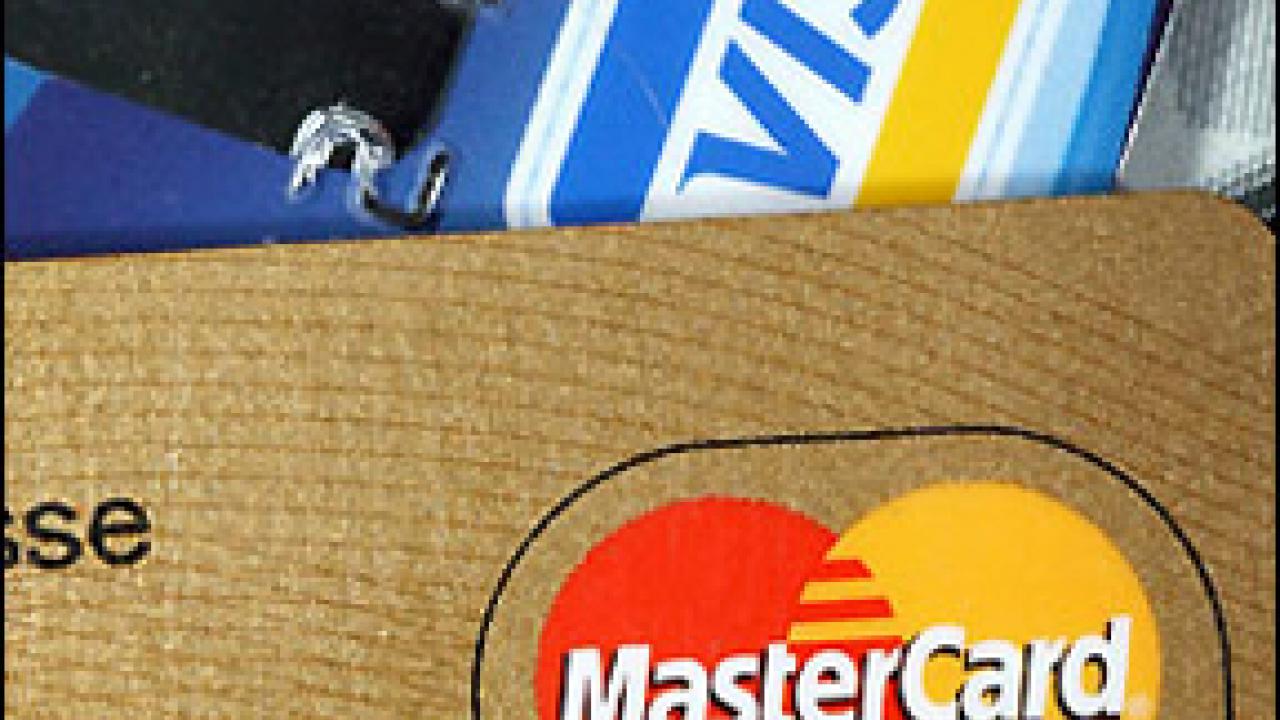The typical U.S. household pays $500 a year in bank and credit card fees and interest, more than half of which could be avoided through better planning, according to new research by Victor Stango, an assistant professor of management at UC Davis.
In a study published in this month’s issue of the American Economic Review, Stango reported that 85 percent of households pay credit card charges, primarily in the form of credit card interest; 48 percent incur credit card penalties for late payments or for exceeding their credit limits; and 32 percent pay overdraft fees on their checking accounts.
For some families, the annual total is in the thousands. Among the 10 percent of households that pay the highest fees and interest, Stango found that the typical outlay is $3,084 a year.
“If people could just avoid paying these fees, which is often pretty easy to do, the savings would buy a new flat screen TV every year — or even better, would allow people to pay down their other debt much faster,” Stango said.
President Obama is pushing for reform, and on May 19 the Senate voted overwhelming approval of the Credit Card Accountability, Responsibility and Dis-closure Act, authored by banking committee Chairman Christopher Dodd (D-Conn.).
Stango and his co-author, Jonathan Zinman, a professor of economics at Dartmouth College, collected data on the daily online banking and credit card transactions of 900 households for 2006 and 2007.
They found that penalty fees represent more than half of the noninterest charges incurred by study households. Each checking overdraft costs customers roughly $35, and many customers overdraw several times each month. Over-limit and late fees on credit cards each can cost $25 per month. The remaining fees include annual or monthly account fees and ATM fees.
“Some fees are a necessary evil, but penalty fees are not — not necessary to pay, anyway. Almost everyone who overdrafts a checking account could avoid the fee by just using another debit or credit card at the point of sale,” Stango said. “The same goes for credit card over-limit fees — because most people have several cards with available credit, it’s pretty easy to just use another card and avoid the fee.”
Most of the households in the study also had the ability to reduce credit card interest charges by paying off balances with money from their checking accounts, by moving balances from higher-rate to lower-rate cards, and by paying down more-expensive cards first.
Avoiding interest takes more effort than avoiding penalties, and requires such longer-term changes in behavior as reducing spending and systematically paying down debt, Stango noted.
“Overall, the typical household could have avoided 60 percent of all credit card interest charges, overdraft fees, and over-limit and late fees through such behavior,” Stango said.
Stango and Zinman did not attempt to determine why so many consumers pay avoidable penalties and interest.
“That’s a subject for a future study,” Stango said.
Media Resources
Dave Jones, Dateline, 530-752-6556, dljones@ucdavis.edu
